
Audio
Interviewed by Dale Rosengarten Florence Mazyck discusses the amount of time it takes for bulrush to dry.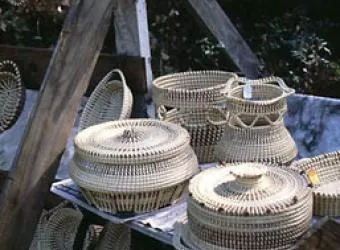
Basketmaking in South Carolina reflects the blending of Native American, European and African traditions to create two predominate types of baskets - the coiled baskets of the Lowcountry and woven baskets of the Piedmont and Blue Ridge. Native Americans used river cane to plait baskets, mats and fish traps. Europeans maintained Old World techniques and forms, adapting them to new materials like white oak to weave their harvest baskets and clothes hampers. On the coast, enslaved Africans brought their knowledge of rice production and introduced coiled basketry using local sweetgrass, bulrush, palmetto, and pine needles. Today, traditional basketmakers have adapted their forms to a changing market and most baskets are made for decorative use.
Content is provided by McKissick Museum, University of South Carolina.
For further information about any of the artists featured on Digital Traditions, send your questions and comments to hallagan@mailbox.sc.edu.

Audio
Interviewed by Dale Rosengarten Florence Mazyck discusses the amount of time it takes for bulrush to dry.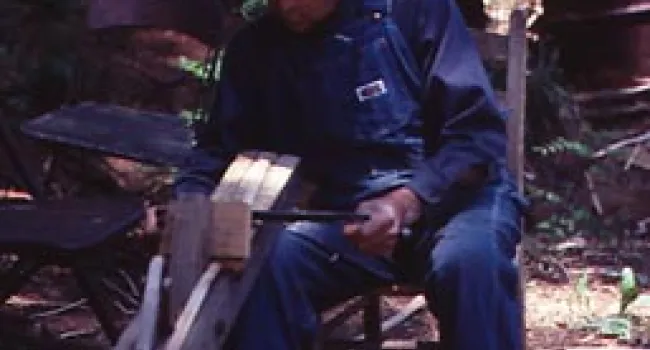
Photo
Elbert Brown of Pendleton crafted split-oak baskets for over eighty years. He carried on a tradition that has been in his South Carolina upcountry family since the mid-nineteenth century. Brown...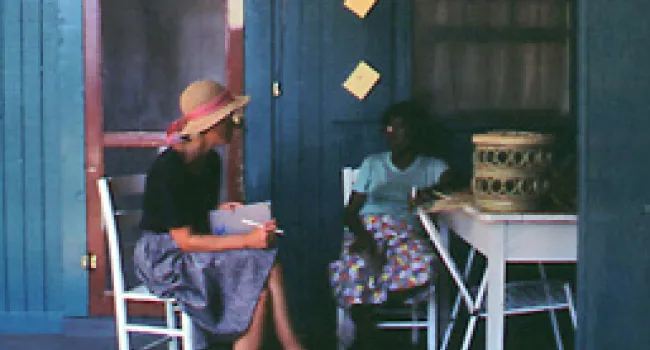
Document
The document includes transcripts for Florence Mayzyck's audio.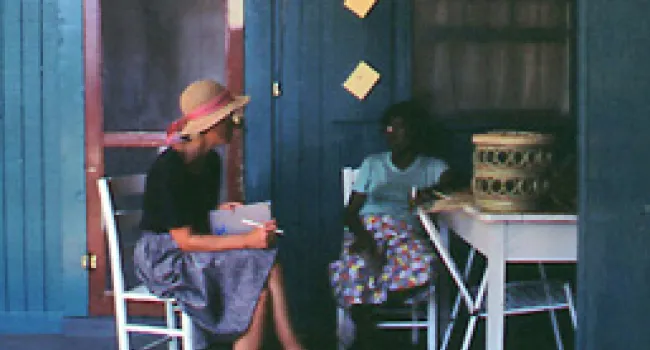
Photo
Basketmaker from Mt. Pleasant, SC (Charleston County).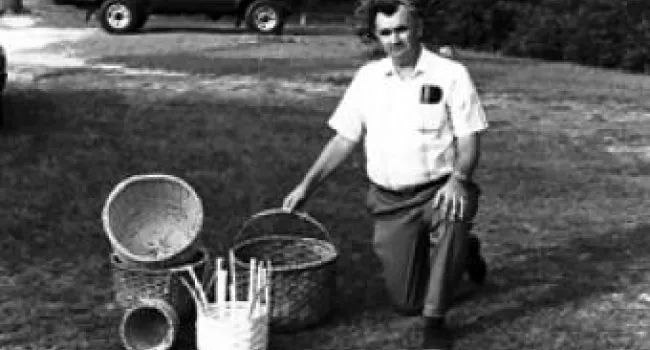
Document
The document includes transcripts for Franklyn De Loach's audio.
Photo
Split-oak basketmaker from Varnville, SC (Hampton County).
Photo
Gale McKinley learned to make fish baskets by watching her father and grandfather. Her dad, Juby McKinley, is seventy-three years old, and he learned split-oak basket making from his dad, Amos...
Audio
Interviewed by Dale Rosengarten Florence Mazyck talks about who helps her gather her sweet grass.
Photo
Brown was no stranger to sweetgrass basketmaking. She was part of a family of eight generations of basket makers, with four of those generations still practicing today. Harriet made baskets for over...